Largest Copperhead Snake On Record Discovered
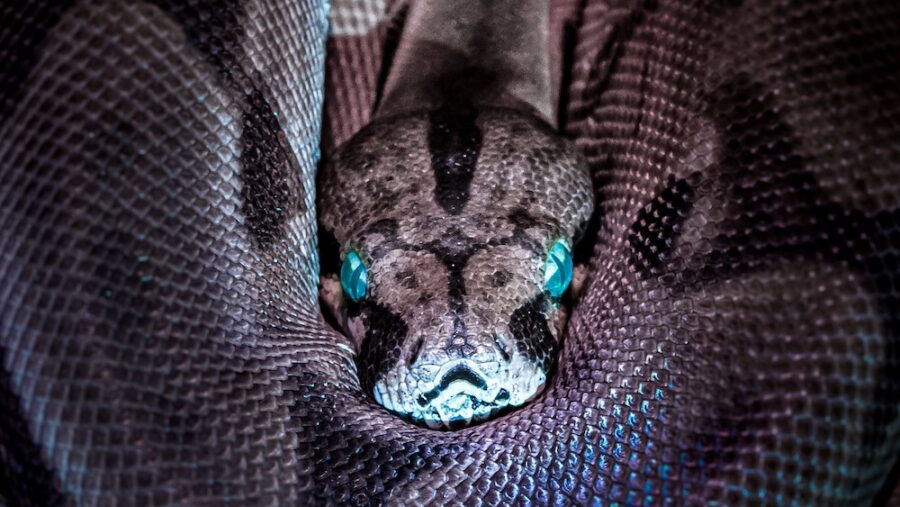
According to a recent write-up in Animals Around the Globe, the largest copperhead snake ever recorded has been discovered in the Great Smoky Mountains.
These snakes are commonly found all across the Southeastern United States and usually measure a nose-to-tail length of 24-36 inches. The snakes have been known to grow to extreme size, with the newly discovered specimen measuring a massive 6 feet in length.
On The Hunt
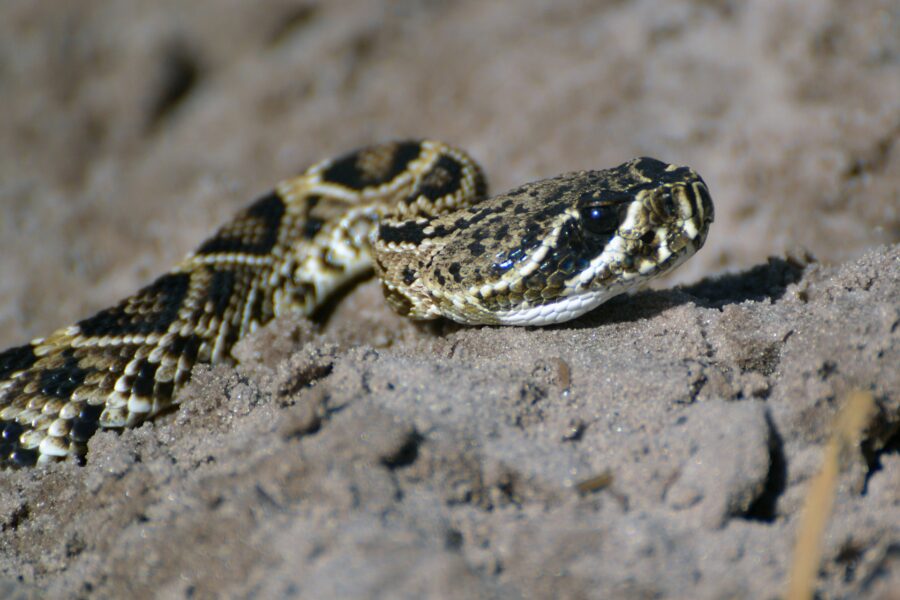
Scientists on the hunt for the largest copperhead were immediately shocked to see one of this staggering size and rapidly scrambled to research the dinosaur-sized snake.
Herpetologists have flocked to the region due to the density of copperheads, many of which exhibit striking mosaic patterns and vibrant colors.
Herpetologists are a subset of scientists who primarily study advancements and behaviors of both amphibians and reptiles, and mitigate the spread of invasive species.
Copperhead Snakes

Snakes such as the largest copperhead discovered in the Great Smoky Mountains are often reddish-brown colored, with a quite docile demeanor when found in the wild.
Though these reptiles are often calm, researchers took a series of extra precautions when approaching the behemoth snake, as the massive size would allow for quite a conflict if the serpent did become disturbed.
Scientists say that the snake’s gargantuan gut is the result of robust health and spectacular climate adaptability, as the copperhead has many natural prey animals to feast on in its home region.
Abnormally Long
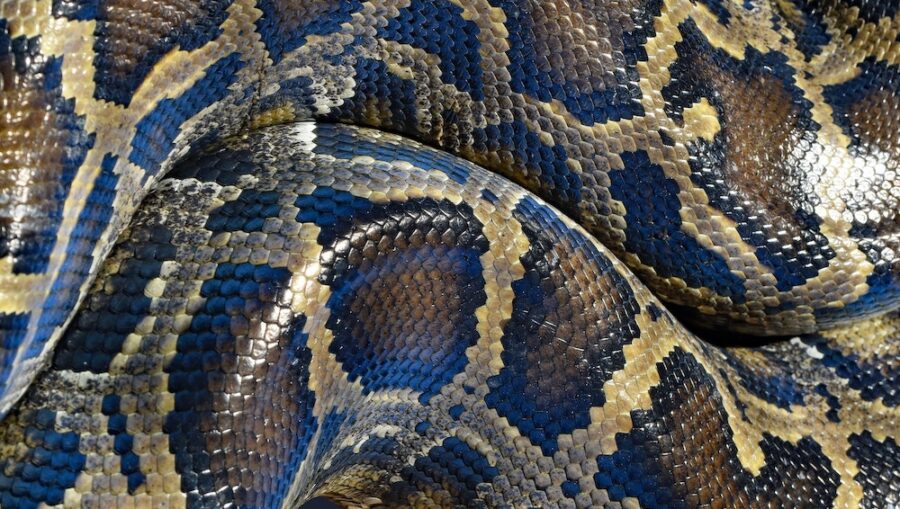
As part of the ongoing study of the largest copperhead, scientists remained perched near the creature for several weeks, observing and studying the natural behaviors and interactions the snake shared with its surrounding environment.
Those who witnessed the abnormally long animal have documented the creature’s preference for concealed resting areas and hunting grounds, defining a clear pattern of circadian rhythm within the animal.
While most of the snake’s behavior was fairly in keeping with common copperhead knowledge, the study did reveal some new information which challenges conventional beliefs.
Monitoring Is Difficult
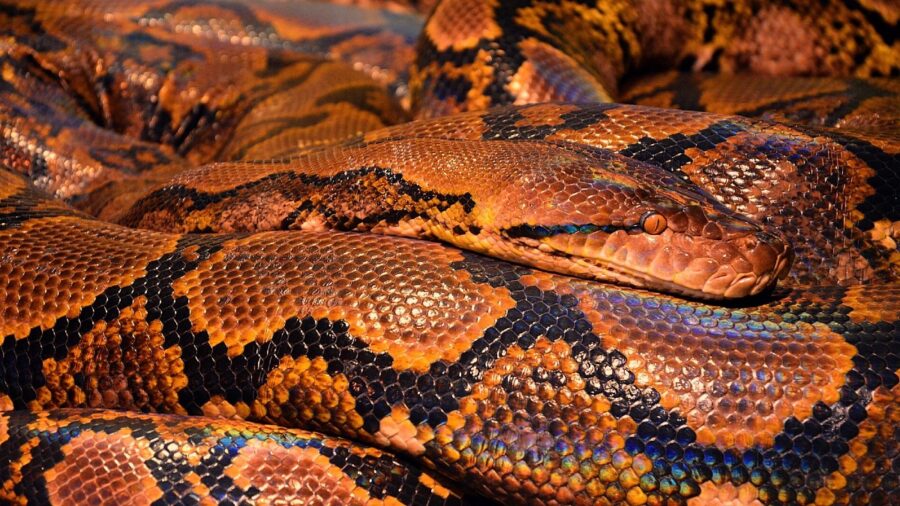
Monitoring the largest copperhead proved to be exceptionally difficult, even for skilled herpetologists, as the species are known to exhibit incredible camouflage skills in their natural habitat.
Even with a snake of such a hefty girth, scientists would occasionally lose sight of the elusive land-based leviathan as it slithered across the forest floor.
Copperheads are among the most important local species to the region due to their role in reducing nature’s pests, functioning as natural exterminators.
Greatest Threats
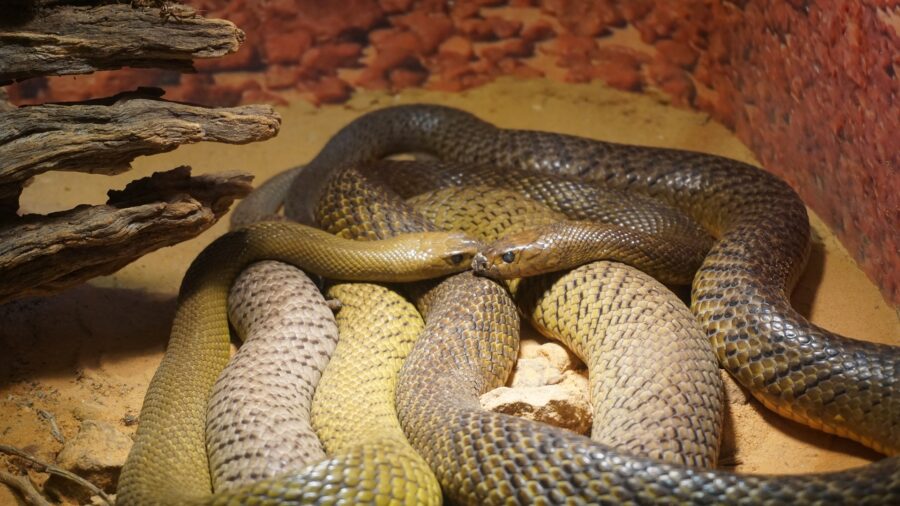
The results of these findings indicate that most human travelers should be weary not to disturb copperheads if they choose to trek through the region, though there is no significant need to fear the creatures if you cross paths.
Unfortunately, the greatest threat to copperhead species, including the newly recorded largest copperhead, is man-made climate change, which has caused a shift in habitat availability, precipitation levels, and temperature in their home region.
Comprehensive ecosystem studies have been underway by a team of dedicated herpetologists to ensure accelerated growth in the face of adversity.
Largest Copperhead
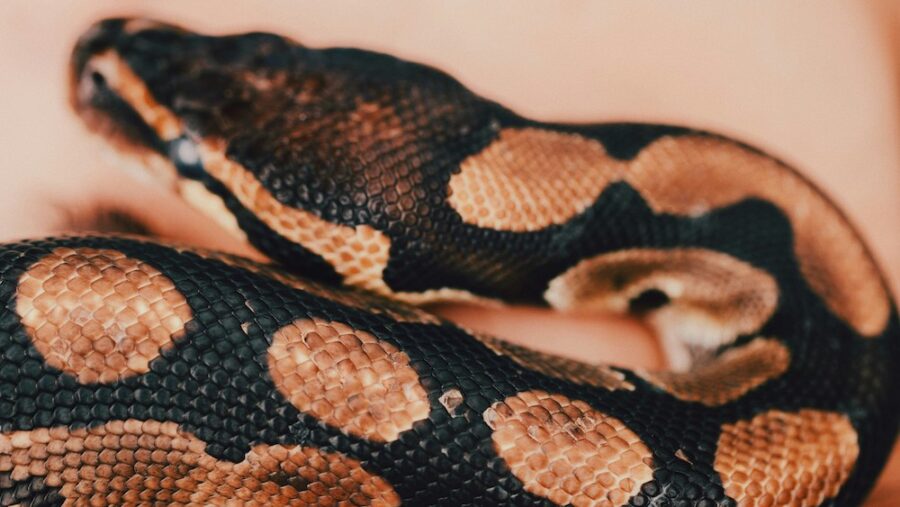
As nature continues to face threats from man-made climate change, it is fascinating to make new discoveries, particularly those that indicate advanced organic growth.
The largest copperhead ever discovered currently clocks in at 6 feet in length, though more incredible discoveries of the species may be laying just around the corner.












